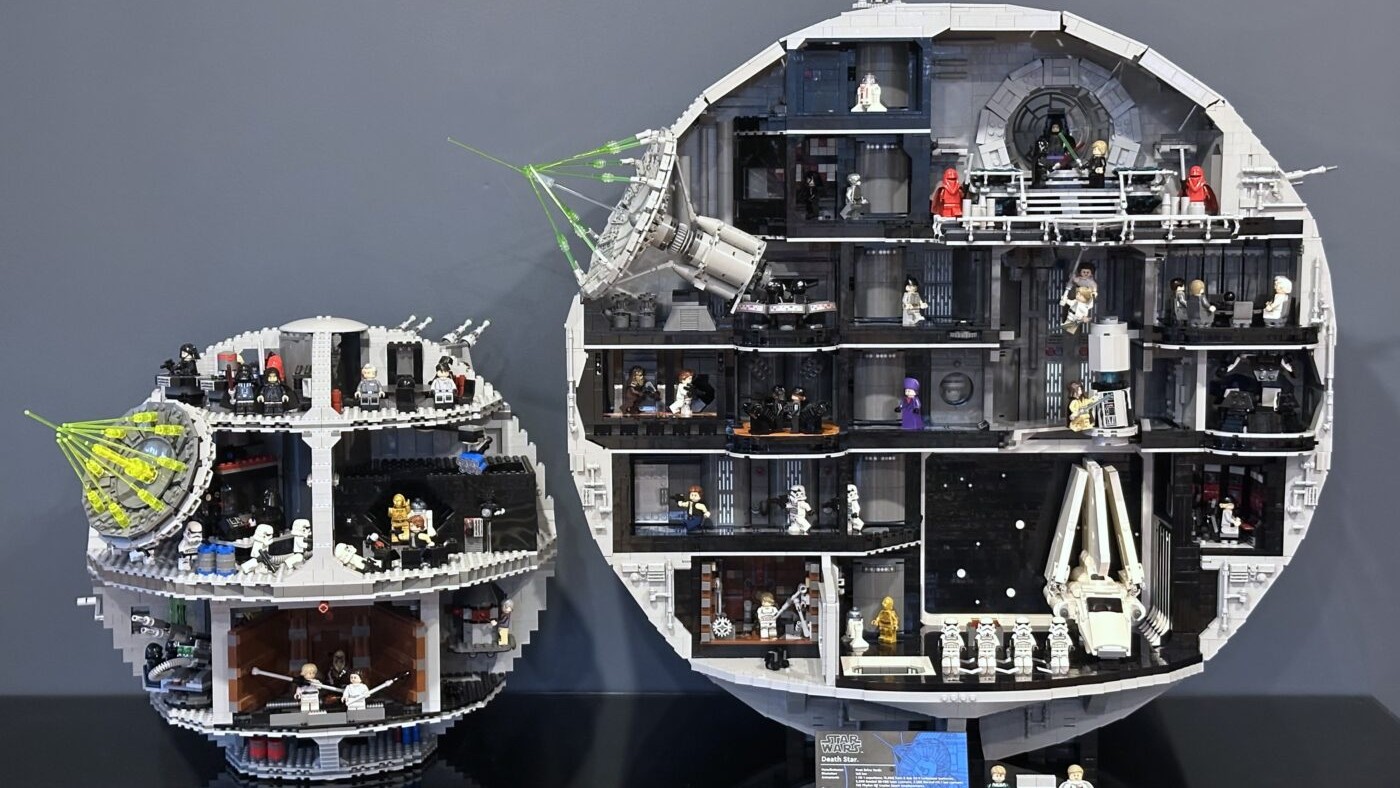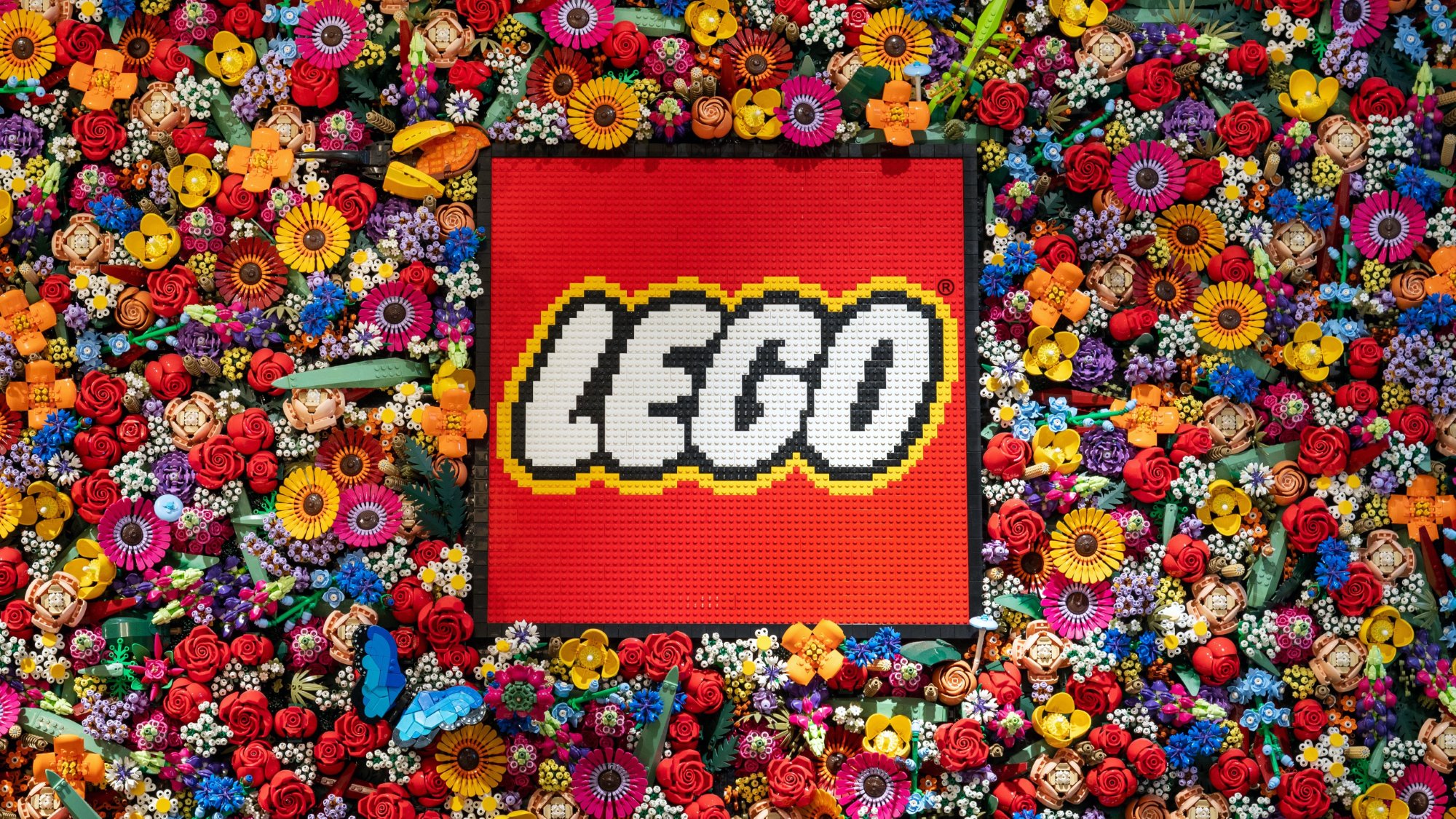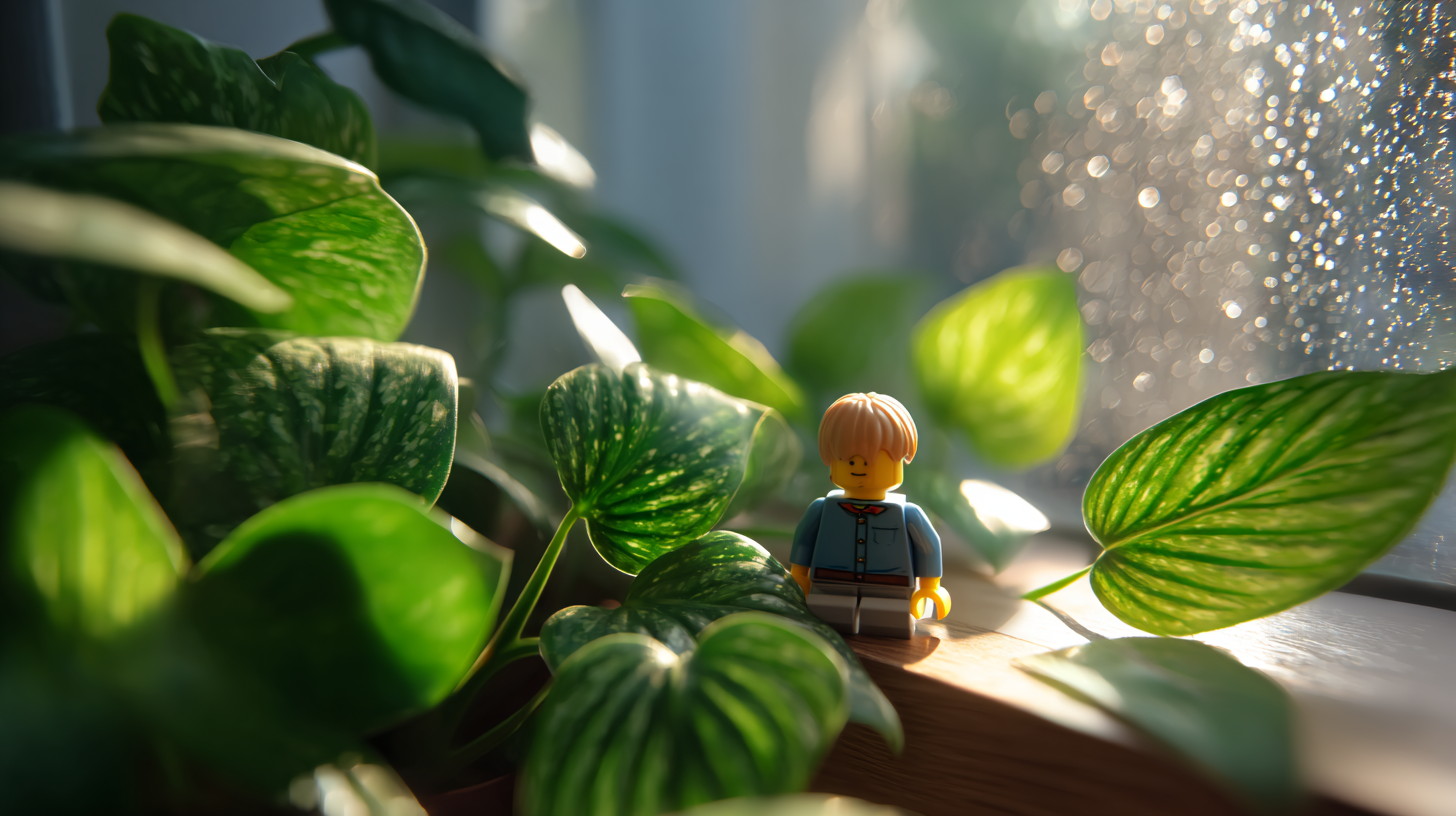
2025 LEGO Sets: The Best, Coolest, And Most Talked-About Releases
f you follow LEGO, 2025 was a big year. New licenses arrived, long-running themes leveled up, and we even got the priciest Star Wars model

“Play is not frivolous. It is how we learn.” Those words from the late educator Seymour Papert echo through LEGO’s history. On 26 June 2025, TIME put that idea on its own world stage by naming the LEGO Group to the TIME100 Most Influential Companies list and giving it an Impact Award for Culture. The brick maker now sits next to tech giants and biotech labs, yet its core product is still a small plastic block. I wanted to know why. What follows is a plain‑spoken look at the factors—innovation, sustainability, U.S. expansion, adult fans, and social impact—that pushed LEGO onto that list.
TIME’s editors judge firms on clear points: new ideas, bold goals, and results you can measure. LEGO’s 2024 numbers spoke loudly. Revenue grew 13 percent to DKK 74.3 billion while the wider toy market fell. Half of the company’s 840 active sets were brand new, and many targeted grown‑ups who treat building like a hobby, not a chore. The range covers tiny “BrickHeadz” figures, life‑size car models, and a Nike Dunk Low sneaker sculpted from bricks. Strong sales proved that people of all ages still value hands‑on play.
Yet influence is more than money. TIME also pointed to LEGO’s role in culture. The LEGO Movie franchise changed how Hollywood views toy‑based films. Partnerships with Star Wars, Formula 1, and the animation hit Bluey keep the brand in everyday conversation. Inside many schools, simple bricks help teach ratios, coding logic, and team work. Taken together, these moves show that LEGO reshapes how we think about learning, art, and even fashion.
LEGO also earned praise for cutting fossil plastic. In 2024 the firm sourced about 50 percent of the plastic it bought from renewable feedstocks, including recycled cooking oil processed under a “mass balance” system. Its public goal is 100 percent sustainable materials by 2032. Engineers have tested over 600 candidate resins while making sure a brick made today still locks with one from 1960. The task sounds dull, but the idea is large: green change at scale without wasting the old sets already in homes.
Packaging and plants tell the same story. Box sizes dropped, saving paper and lowering shipping weight. Factories shifted to renewable power, and a “zero waste to landfill” rule now covers most sites. These steps are not flashy, yet they tackle the environmental cost of toys head‑on. TIME’s panel listed this work as one reason LEGO deserved the Impact Award.
Influence also comes from where you build. For years, North American sets sailed from Europe or Mexico. That is changing fast. In May 2025 LEGO opened a new U.S. Hub in Boston. The site will house over 800 roles—from designers to digital engineers—and pledged $5 million to Boston Public Library programs that promote play.
Down the coast, Virginia will soon host a two‑million‑square‑foot regional distribution center. The company is investing $366 million and expects to create 305 jobs when the site opens in 2027. Construction of LEGO’s first U.S. factory, already underway nearby, will shorten supply lines, cut emissions, and let American fans get new sets faster. These projects show how LEGO links growth with local impact, a mix TIME seeks in its annual list.
Ask any store manager: more gray‑haired shoppers stand in the LEGO aisle today. Adult Fan of LEGO (AFOL) clubs meet in libraries and breweries, swapping build tips the way runners trade shoe advice. LEGO feeds this demand with complex kits like the 6,000‑piece Eiffel Tower and the Botanical Collection’s cherry blossom tree. These sets take hours, sometimes days, to finish. They also cost more, helping revenue climb even when kid sales stay flat.
The broader portfolio—840 sets strong—ranges from entry‑level “Classic” boxes to “Ultimate Collector” starships. Variety keeps shelf life long and lowers risk if one theme fades. TIME’s researchers flagged this breadth as proof of vision: LEGO builds for preschoolers, architects, and everyone between.
A quarter of LEGO’s shares sit in the LEGO Foundation, a charity that funds research on play‑based learning. It backs fellowships at MIT’s Media Lab and supports refugee education through programs that use bricks to teach language and math. During the pandemic, the foundation shipped free kits and lesson plans to families lacking school access.
This structure matters. Profits flow not only to owners but also to projects that widen access to quality learning. TIME calls such models “profit with purpose,” another metric in its ranking. In LEGO’s case, the foundation turns commercial success into public good without asking consumers to pay extra at checkout.
LEGO earned its place on the 2025 TIME100 list by matching strong sales with clear values. It keeps inventing new ways to play, cuts oil‑based plastic, builds U.S. jobs, serves adult hobbyists, and funnels money into education. None of these moves alone is novel; together they form a simple picture: a company that still believes a small brick can change big things. If you stack enough of those actions, you build influence—just like stacking bricks into a tower.

f you follow LEGO, 2025 was a big year. New licenses arrived, long-running themes leveled up, and we even got the priciest Star Wars model

Silksong is a gorgeous, razor‑sharp Metroidvania that pushes hard and refuses to apologize. Hornet’s movement sings, the combat has bite, and Pharloom is a world

Collecting MTG cards vs collecting minifigures looks like two different worlds at first. Card sleeves and binders on one side. Studs and display cases on

Some people carry a lucky coin. Some keep a pebble from a good trip. More and more of us carry a tiny plastic friend. A